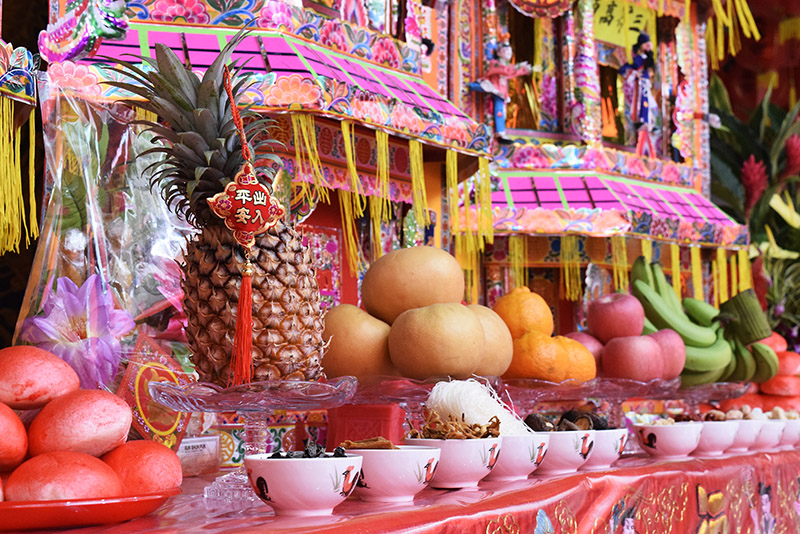
The 5 types of fruits commonly offered for prayers are: bananas (green), apples (red), oranges (yellow), pears (white), and pineapple (black), which symbolizes the 5 directions and 5 elements. It also means welcoming peace and blessings for prosperity (招、平安、大吉、来、大旺).
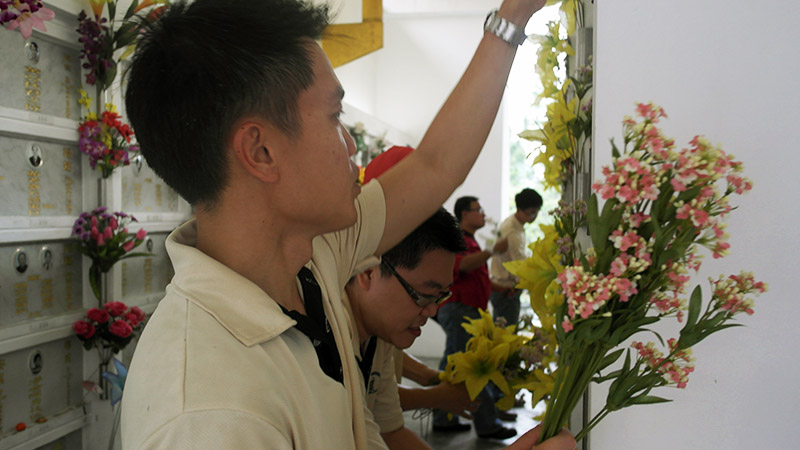
Thian Hock Keng has ancestral tablets of about 3900 unknown persons whose remains are housed in Choa Chu Kang Columbarium. Till today, Singapore Hokkien Huay Kuan Thian Hock Keng continues the customs and practice to make offerings and clean the niches during the Qing Ming Festival (Tomb Sweeping Festival).
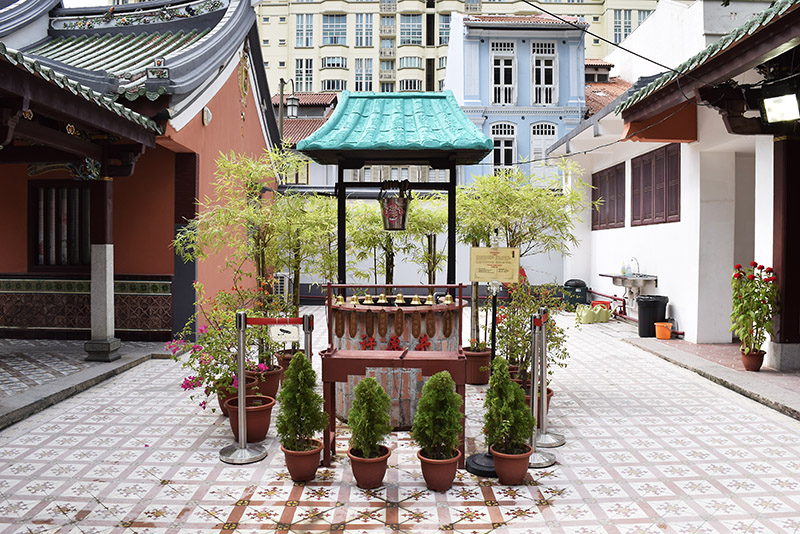
Older devotees recalled that there was a well within the temple. They used to drink the water from the well when they were children. Unfortunately, no one can quite pin point its original location.
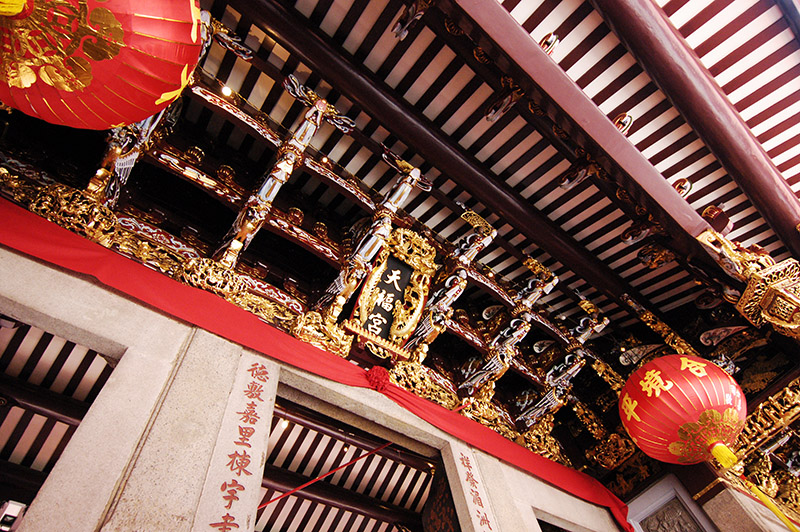
There are live bats within Thian Hock Keng temple. Bat carvings can also be seen in the temple’s architecture. Find them when you are there!
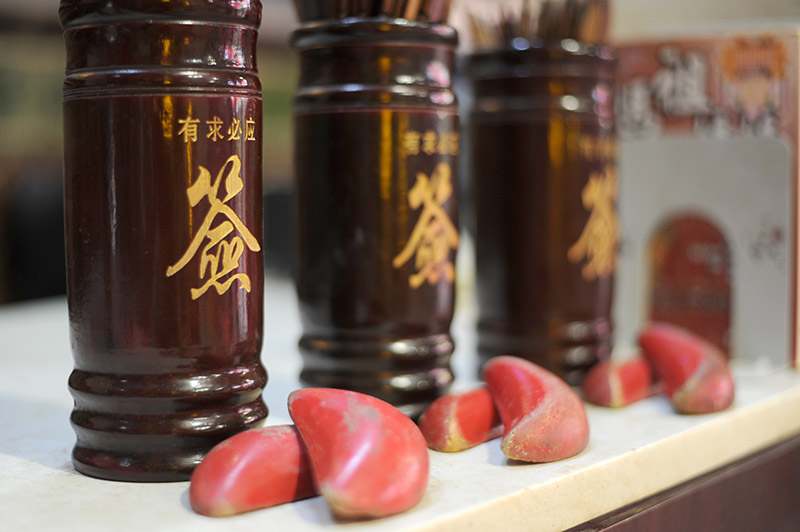
Thian Hock Keng used to have medicinal lots (药签) which devotees sought from Mazu for ailments.
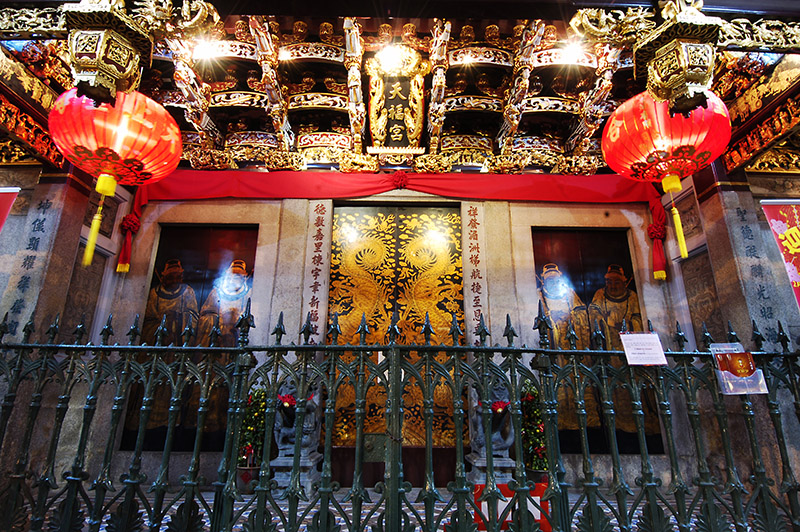
As Mazu is a female deity, the central doors of the temple are guarded by eunuchs instead of Door Gods.

Traditions like ‘one year 10cents for prayers to Tai Sui’ have been retained for decades.
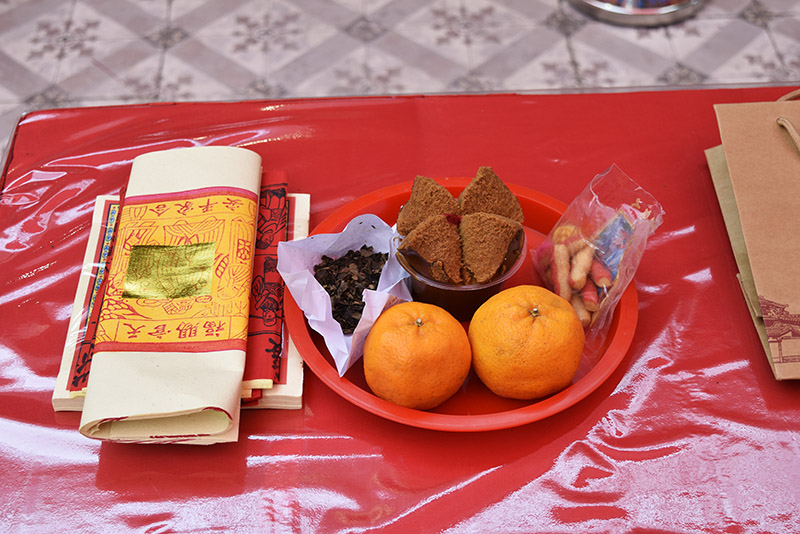
Five main offerings are joss sticks, flowers, light, water/tea and fruits.
Join our guided tours to find out more about the temple’s history, customs and religion.
OUR HERITAGE
Thian Hock Keng embodies the resilience and tenacity of our forefathers. It is a symbol of strength, camaraderie and our roots.